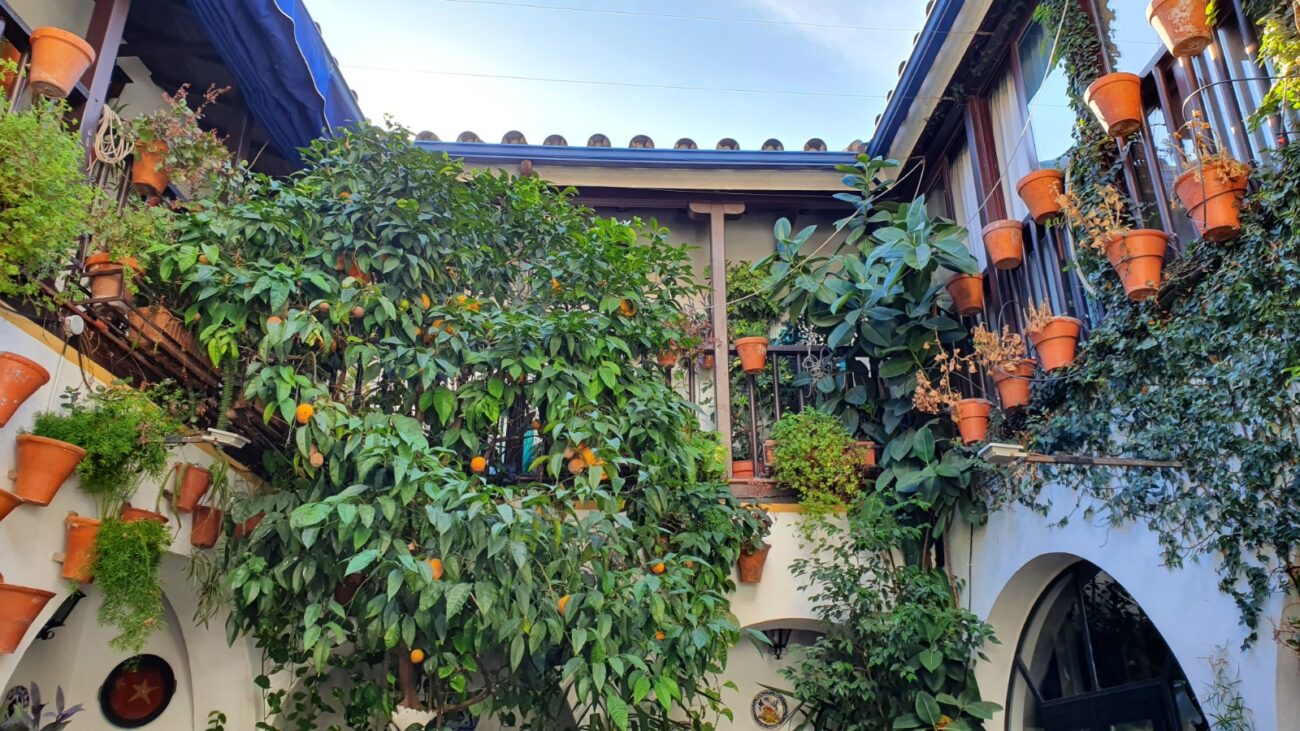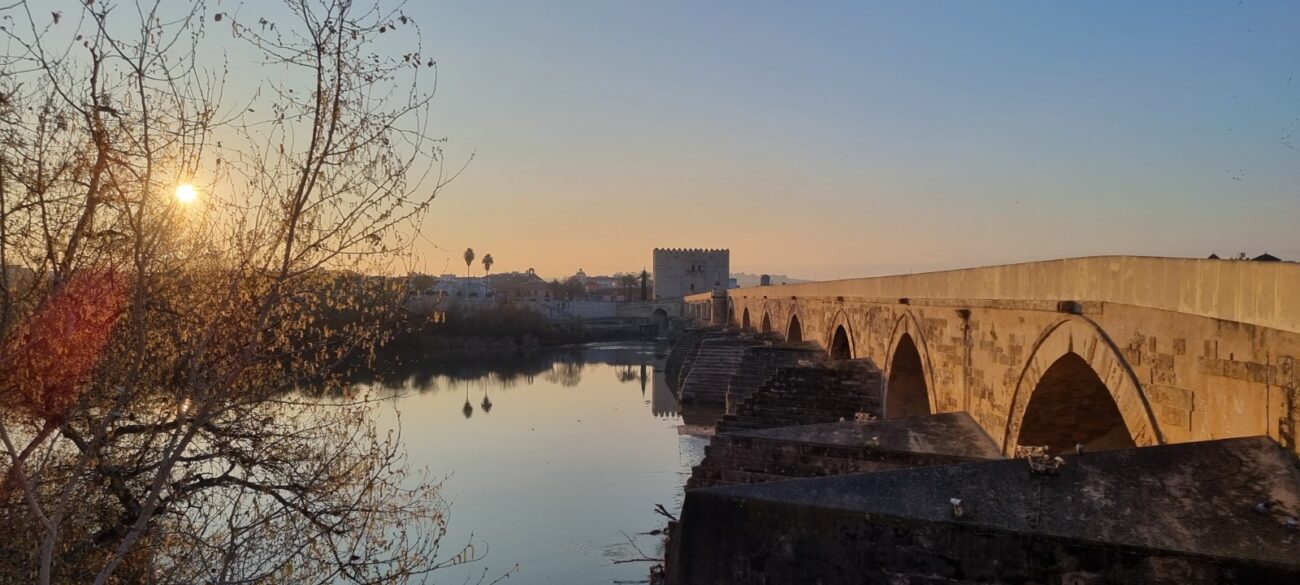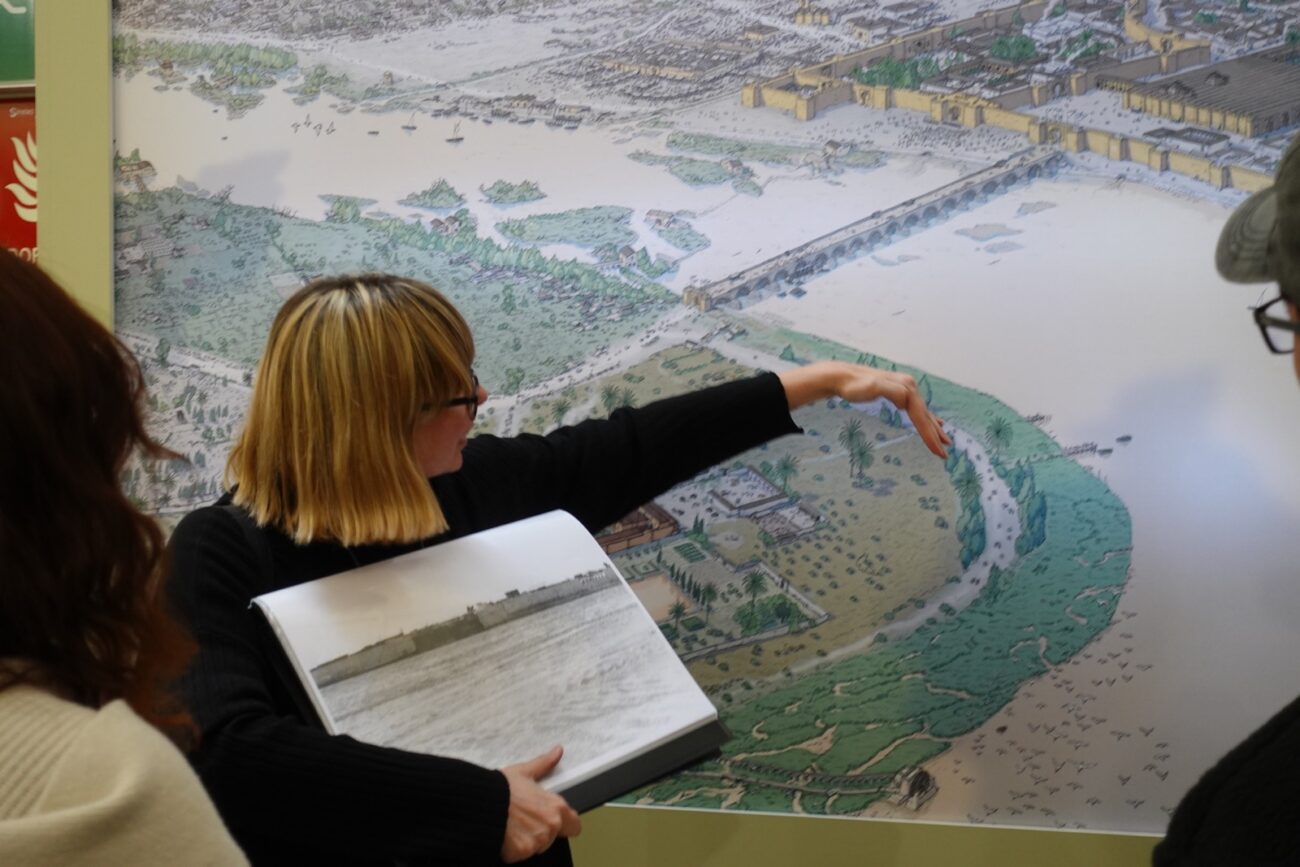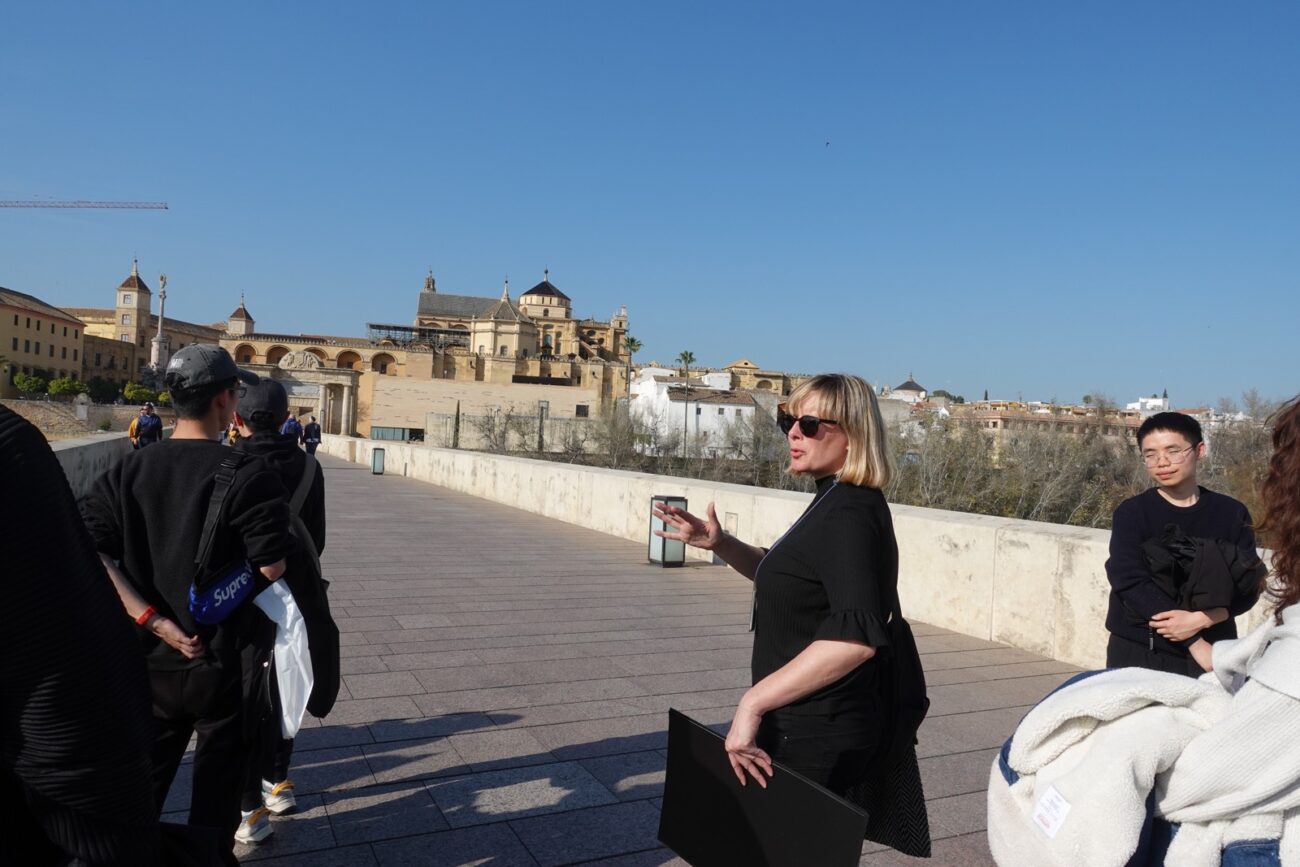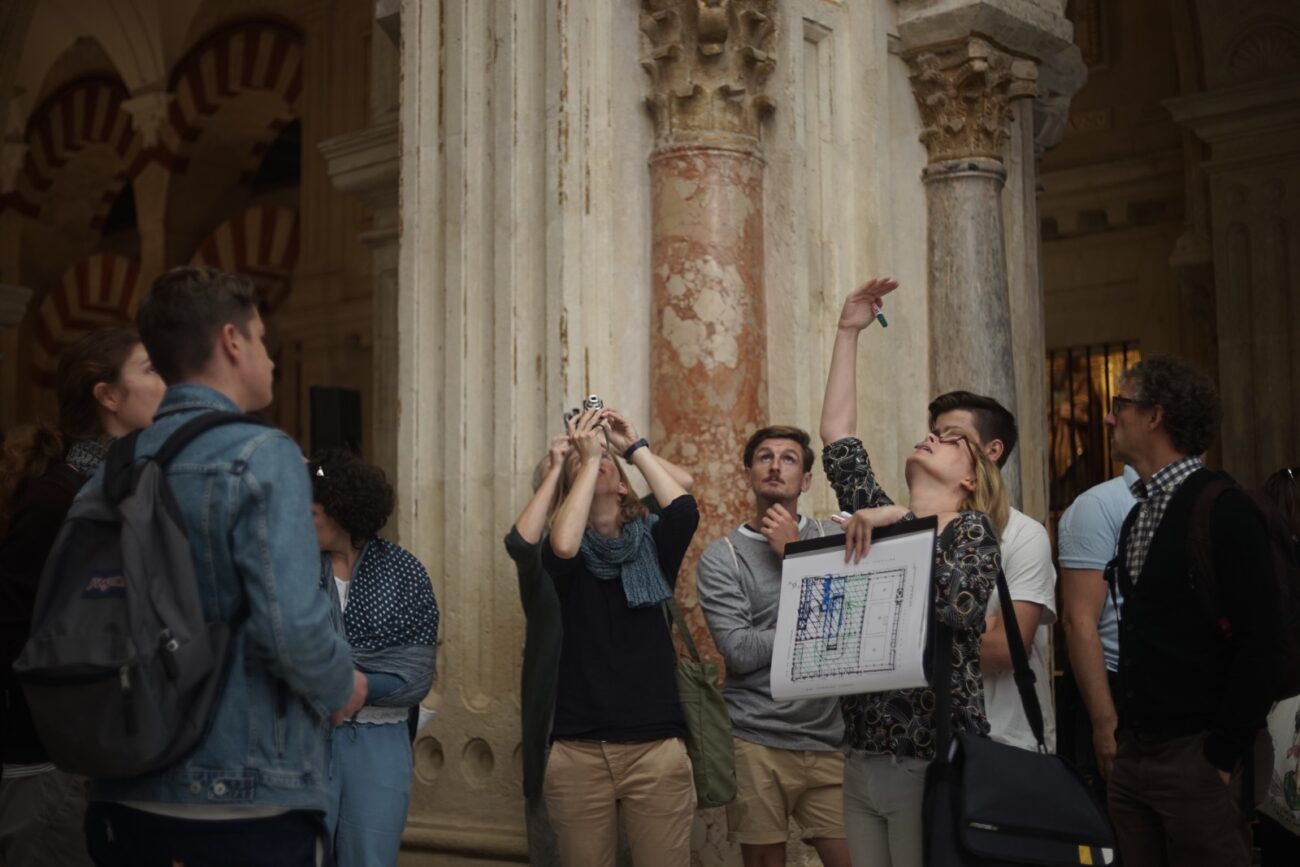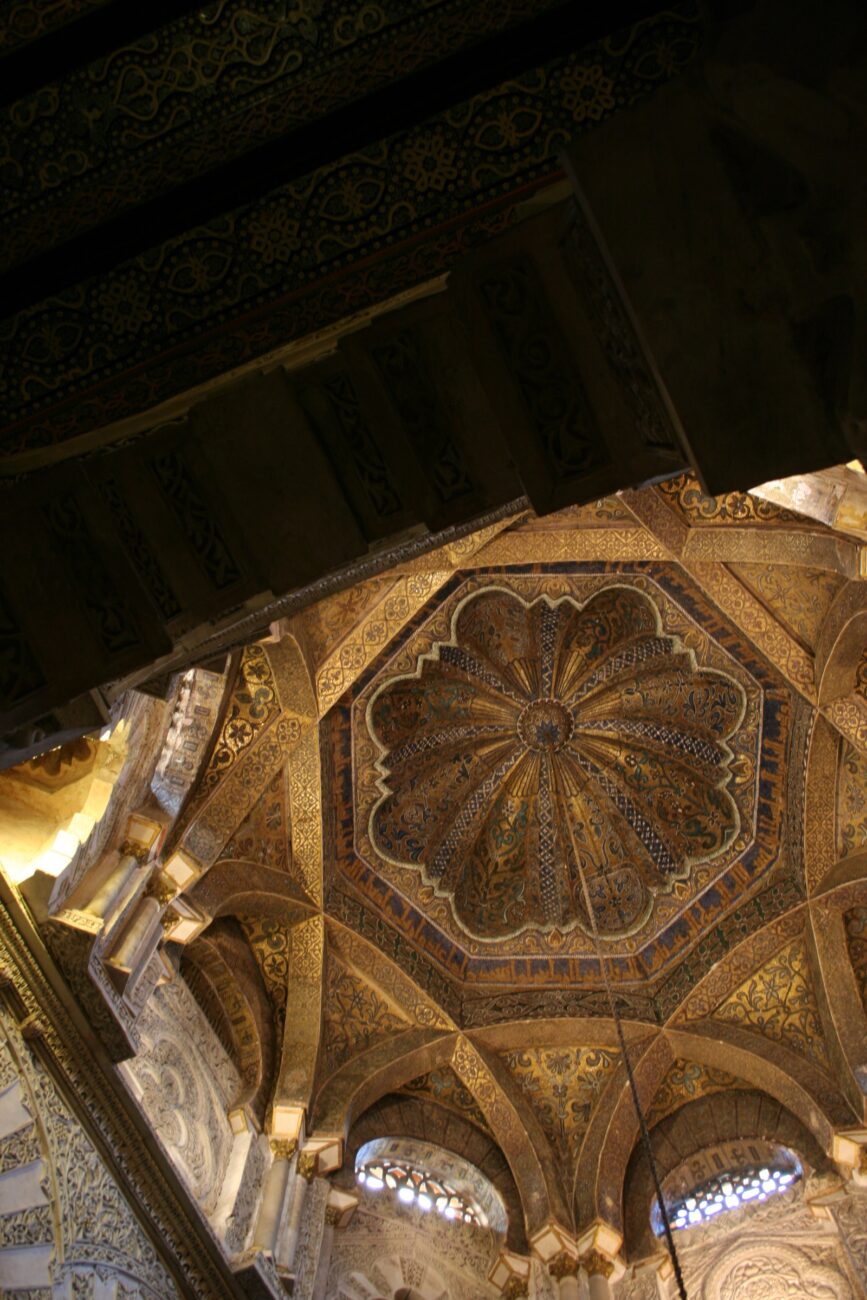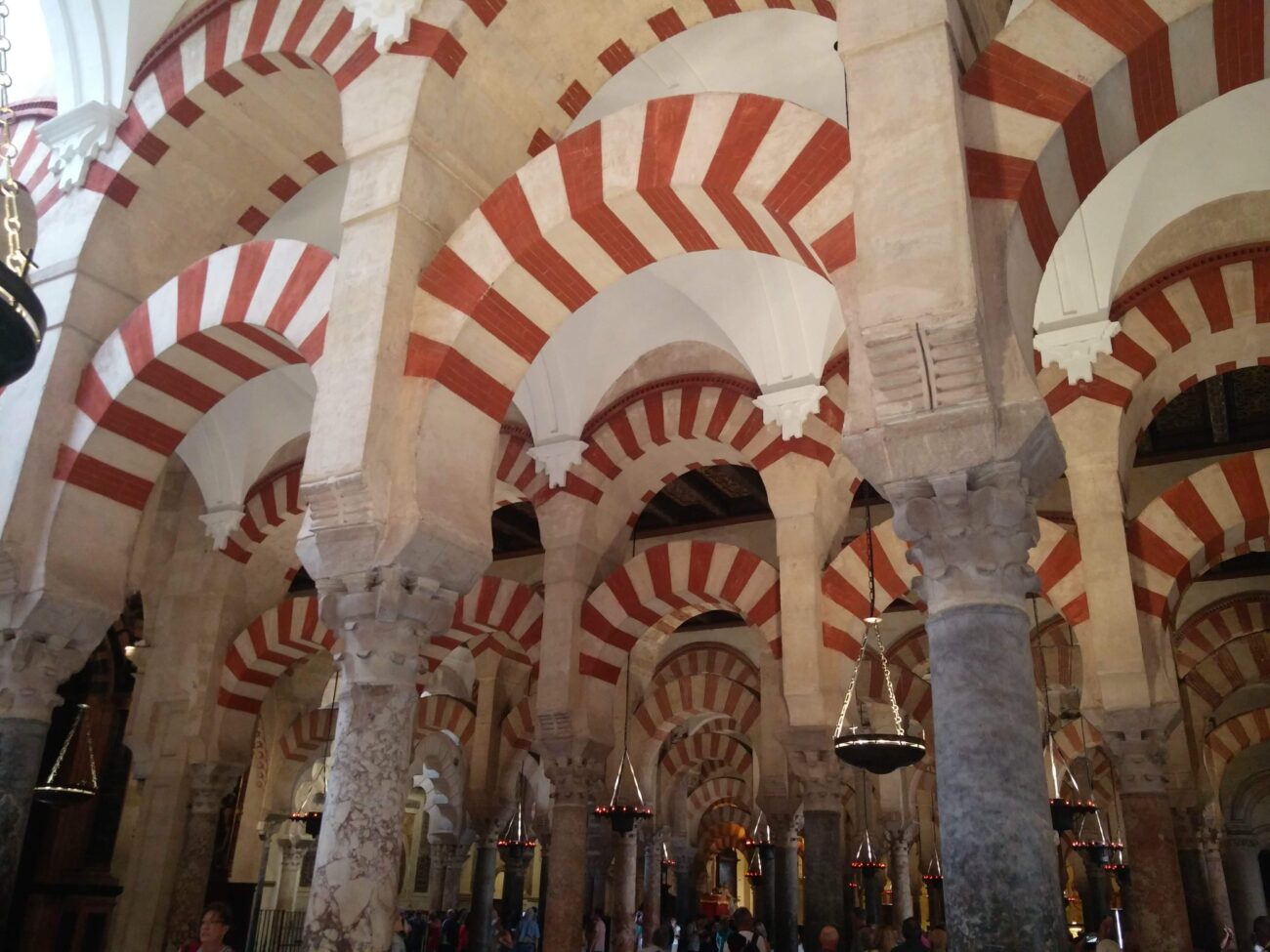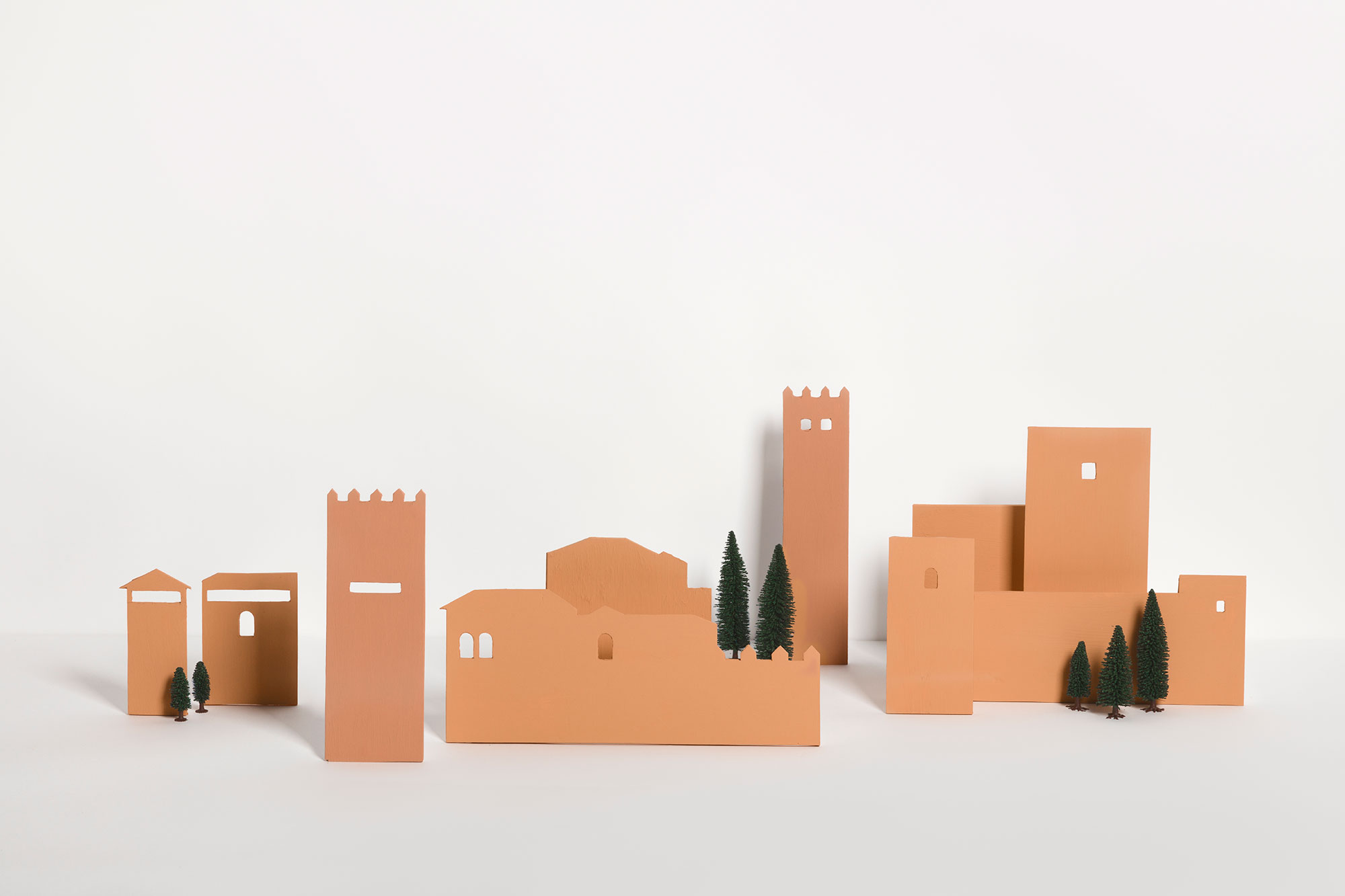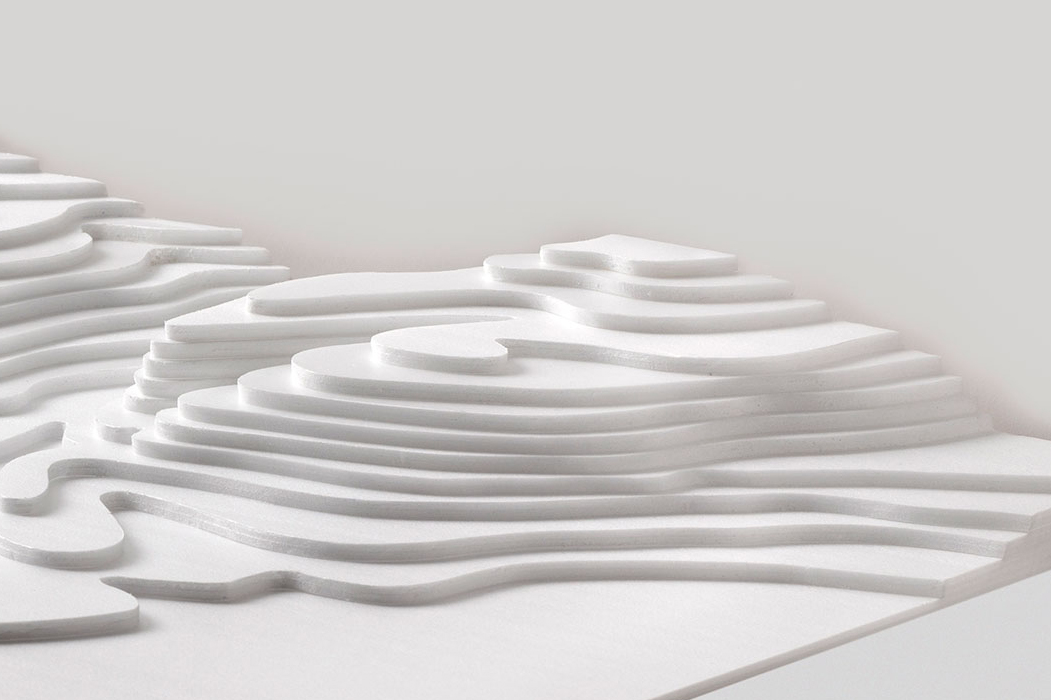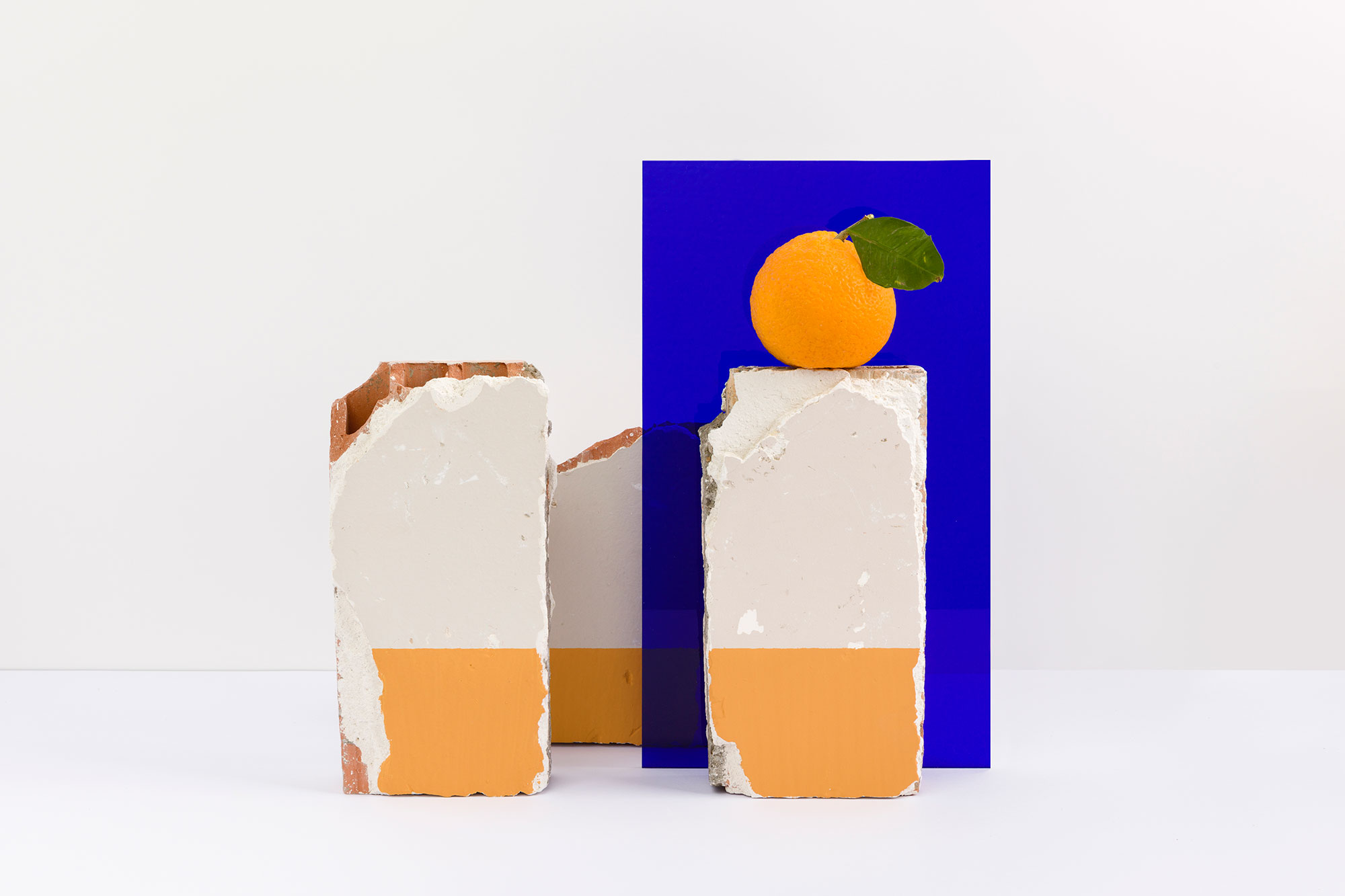TOUR – 6 hours
Millenary Cordoba with an architect
With a Roman, Byzantine and Visigoth past, Cordoba was the most important city of al-Andalus until the 11th century. It has an important cultural legacy and a very interesting architecture. The Guadalquivir river has determined its urban landscape. Would you like to know its history and evolution?
Book now
Although I live in Granada, my research has led me to know Cordoba very well and if you want a different visit, discovering aspects of this little known city, I will accompany you to discover it. We will cover its Roman, Byzantine and Visigoth past, its adaptation and construction to become the most important city of al-Andalus and one of the most important cities in the world between the 9th and 10th century. Its important heritage legacy allows us to identify the different layers of its history, how they were reused and adapted to new ways of life and changes over time.
Cordoba is built on the banks of the Guadalquivir River, which has conditioned its historic urban landscape over the centuries. Not only has it been the key to settlement, but it has also been the only bridge in the south that crossed this river from Roman times until the 19th century and, therefore, a crossroads.
We will follow the traces of the Roman streets, such as the cardo and decumanus maximus, we will see that the city under Umayyad rule modified this urban layout and we can recognise it today. We visit the Jewish quarter and its synagogue, and we also see how it adapted to a new way of life after being conquered by Ferdinand III in 1236.
We will stop for lunch to taste tapas and local wines in one of the most popular taverns while we talk about the local recipes and ingredients.
After a good lunch and already understanding how architecture from all periods builds Cordoba, we visit the Mosque-Cathedral, my favourite building. Within its walls is enclosed the wisdom of centuries of history, different architectures, spatial understandings that still survive in Andalusia and, above all, we will learn the keys to this impressive building. Because its essential key is that at the beginning, when its construction was planned in 786, a "module" was invented that would condition future extensions, and even subsequent cathedrals.
Come and discover in a totally different way, a marvellous city, with surprising and unique urban planning and architecture.
Tickets to the Mosque-Cathedral.
Access to the Archaeological Museum.
Access to synagogue.
Tapas lunch tasting the local food and wines.
La visita con Blanca Espigares Rooney, doctora en arquitectura, experta en arquitectura árabe y andalusí que lleva material gráfico y fotográfico especializado.
Bring along
Good and sporty shoes
Requirements
If you have mobility problems, please consult tour options and adaptations for your needs.
Opening hours
23/12/2022 – 28/02/2023
Lu, Ma, Mi, Ju, Vi, Do 09:30 - 13:00
Sá 09:30 - 11:00
01/03/2023 – 31/10/2023
Lu, Ma, Mi, Ju, Vi, Sá 09:00 - 12:00
Venue
Mausoleo Romano, Paseo de la Victoria, Córdoba, España

